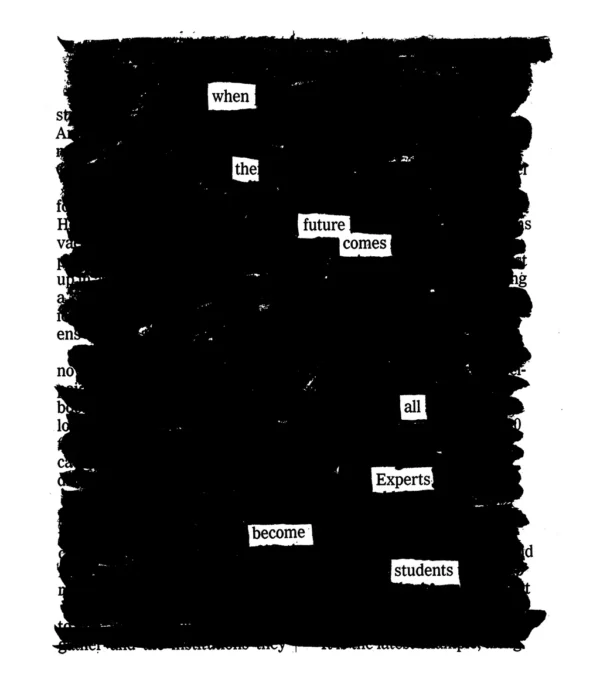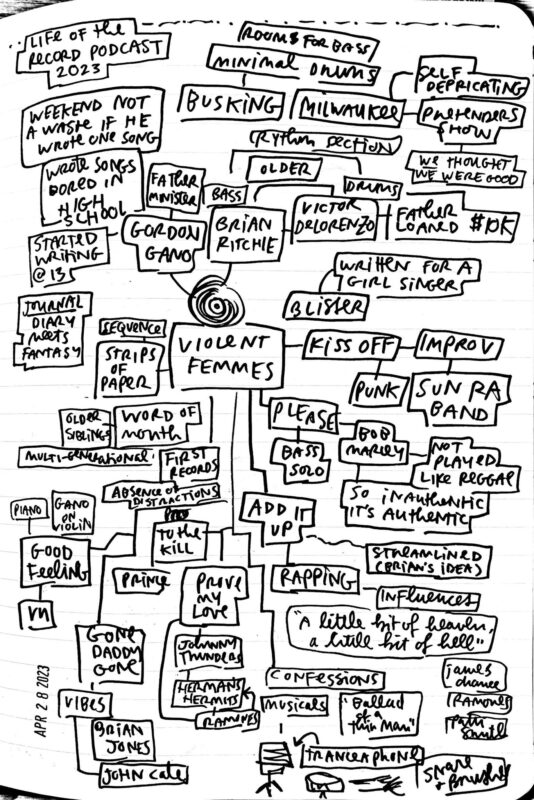
While reading Melanie Mitchell’s Artificial Intelligence: A Guide for Thinking Humans, I came across this bit from Jeopardy! whiz Ken Jennings’ essay, “My Puny Human Brain,” about getting beat by a supercomputer:
To my surprise, losing to an evil quiz show–playing computer turned out to be a canny career move. Everyone wanted to know What It All Meant, and Watson was a terrible interview, so suddenly I was the one writing think pieces and giving TED Talks. Brad and I can both be found in standard college cognitive-science textbooks now, standing behind blue lecterns looking annoyed. Last year, Watson and I even reunited for a TV commercial. (He was professional as always, but you could cut the on-set tension with a knife.) Like Kasparov before me, I now make a reasonable living as a professional human loser. Have rueful sense of own inevitable obsolescence, will travel.
Emphasis mine.
Paulus Berensohn once said, “There’s something that we lose with contemporary technology. I would like to be the monk that raises his hand and says, ‘Remember. Remember the hand.’”
I’m no monk, but I believe deeply in the head, the heart, and the hands. In a human intelligence rooted in our bodies.
If AI really does “take over,” I would very happy to spend my days as a Professional Human Loser…







